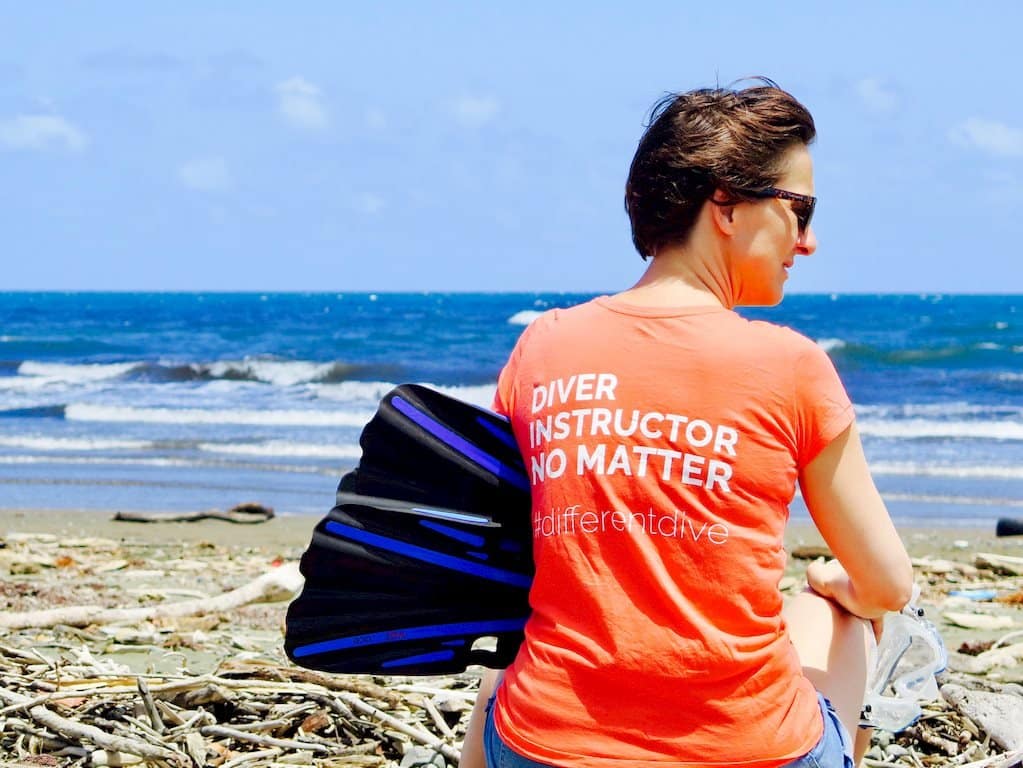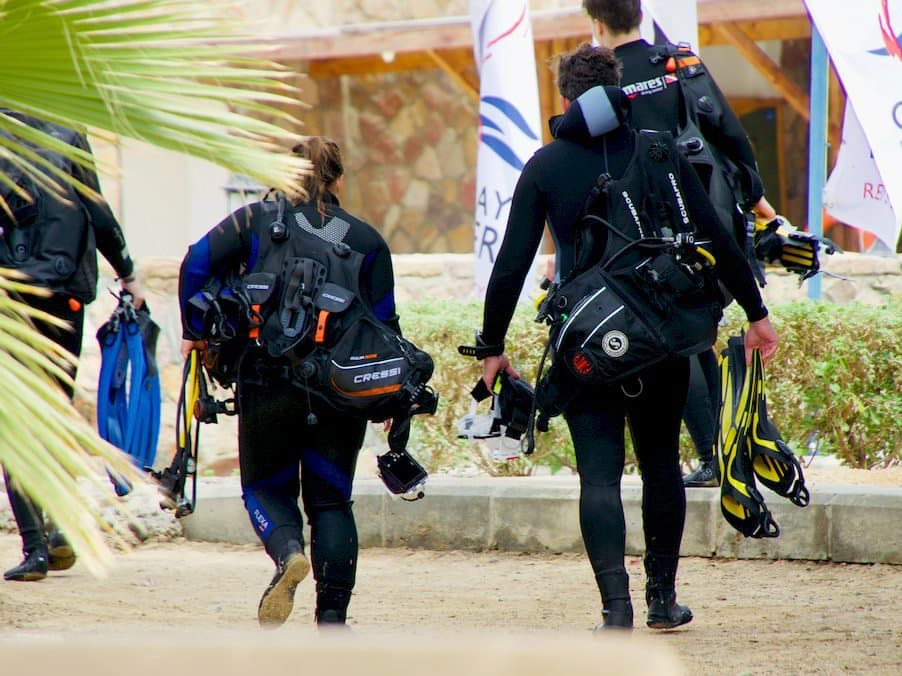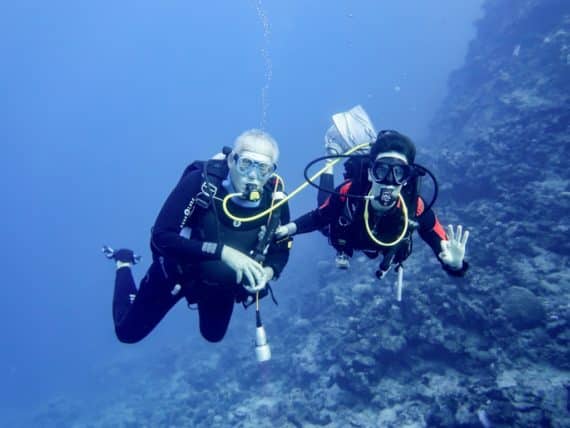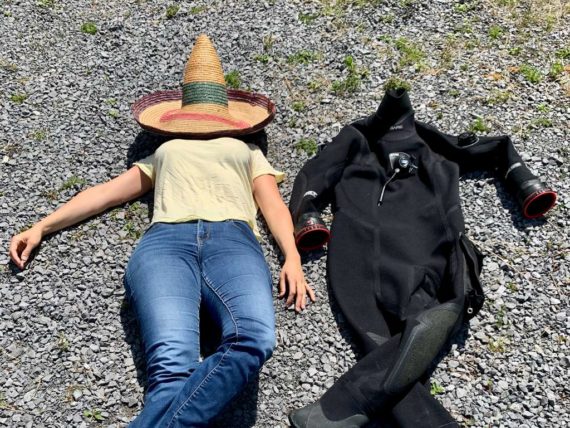7 minutes to stop being afraid of diabetes while diving

Dive with diabetes
There are diseases that are absolute contraindications to diving. Others require adaptations, others have no impact. Sometimes it scares the person to impact their buddy. Dive with diabetes can be placed in at least two categories: those requiring adaptations and those with no incidence depending on the type of diabetes.
That’s what I learned that day when I met Nahima
It’s hot in Jamaica. I step in the boat that will take us for our last dive in these tropical spots.
As it is the last one I decided to do it without a camera, just for the pleasure of focusing on the feeling of diving. For this reason, I don’t have any “underwater” photos of this experience. On the way to the spot, I chat with one of my buddies of the day, Nahima.
Nahima is French. She has traveled a lot and we are happy to discuss our favorite subject: diving. Nahima learned to dive several years ago while working in Indonesia. Since then, she has not missed an opportunity to jump in the water. I’m asking her about the disc she’s wearing on her back. She said, it allows me to Dive with diabetes.

Nahima tells me that she has diabetes.
At first glance, I’m not impressed, I’ve already been diving regularly with people with diabetes. Especially with a regular partner who is type 2 diabetic (without knowing what this really means). And it seems to me that this is not a major contraindication to diving.
That’s when Nahima explains the differences to me and I understand that to Dive with diabetes may not be that simple.
Diabetes explained by Nahima
Everyone knows about diabetes, but very few people know that there are 3 types of diabetes:
Type 1
“Juvenile diabetes or insulin-dependent diabetes: because it appears with young adults or even children”
This diabetes occurs when the pancreas no longer produces insulin or does not produce enough insulin. This can be caused by a viral or toxic attack, or by an autoimmune reaction that results in the destruction of beta cells in the pancreas, which are responsible for insulin synthesis. Young people might not be to dive with diabetes
▶️ It affects about 10% of people with diabetes.
Type 2
“Good-for-nothing diabetes, I eat well and don’t do too much sport.”
Often referred to as “non-insulin-dependent diabetes” or “adult diabetes”, type 2 diabetes is characterized by the body becoming resistant to insulin. This problem generally occurs with people over 45 years of age, but the incidence is rising sharply among the youngest.
▶️ It affects about 90% of people with diabetes: this type of diabetes is the most common (425 million people worldwide have diabetes).
Type 3
“Temporary diabetes is the one that affects women during pregnancy.”
Defined as any diabetes or glucose intolerance that occurs during pregnancy, most often in the 2nd or 3rd trimester. Gestational diabetes is only temporary and disappears shortly after delivery.
Nahima’s diabetes
“I have type 1 diabetes, my pancreas does not produce insuline. (And it’s the first time I speak about it!) She adds with her wide smile)”
Nahima was diagnosed by chance after a routine check-up with a blood test.
“A mini-tsunami in my life”
That nothing is taken for granted. But most importantly, Nahima knew nothing about diabetes and even less about type 1 and had to learn everything.
The diagnosis is unique, universal in the world. The only possible treatment is the injection of insulin.
There are different ways to inject, but the most effective ones are the Insulin pen or the Insulin pump.
When diabetic, immediately these two words enter your daily vocabulary:
1- Hypoglycemia (Hypo), which is defined as a decrease in blood sugar levels below 4 mol/L,
2- Hyperglycemia (Hyper) is defined as blood sugar levels above the target values for most people with diabetes, either above 7 mol/L, fasting or before a meal or above 10 mol/L, two hours after the start of a meal.
“These two events govern my life, my moods, my state of fatigue, my blood circulation and also the coherence of my words (Example: in a state of Hyperglycemia, I often tell stupid things)”
Encouraging progress
The progress of medicine is at its best, too, no more people pricking their fingers to put a drop of blood on a strip and wait for the result ▶️ the Stone Age.
Today, Nahima carries a blood glucose sensor (24/7) ▶️ modern times
Of course, this makes her life easier and she injects two types of insulins daily which permits her to Dive with diabetes.
– the bolus: at each meal, snack or other food intake or to correct her blood sugar level –
– the basal: Slow, to cover 24 hours every night before going to bed
She receives insulin 8 times a day on bad days. Also she can’t have a break. She can’t say: “Today I won’t do anything or say: Honey, tomorrow I stop ! »
But her biggest burden is´hypoglycémie during the night, because it prevents her from sleeping and it is at the origin of very unpleasant moments: heavy sweats, palpitations, nightmares…
I’s when Nahima accumulates these “hypos” that she regrets not having a working pancreas. But she is also counting on research to tell her one day soon about a new way to regenerate the cells in her pancreas.
Waiting for the D-day, she has never given up an activity or leisure because of diabetes.
Dive with diabetes
Compared to others suffering from a chronic disease, Nahima feels very lucky because she can really do everything with diabetes.
With some adaptations, she allows herself to dive as often as she can.
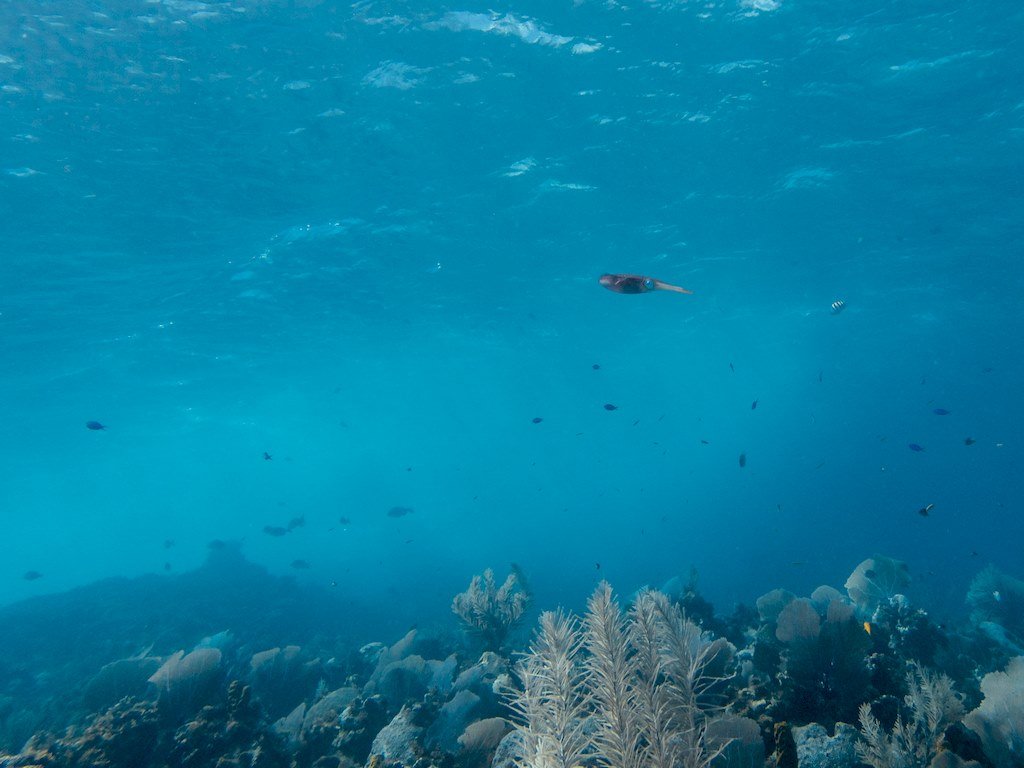
Dives under conditions
To dive with diabetes, Nahima takes a few precautions: she always has her insulin pens, sensor and sugar ( snacks) on the boat.
She takes with her her medical certificate authorizing her to dive.
Similarly, she always informs her buddy of her state of health before diving. Of course, the idea here is to prevent a possible diving accident.
While she discovered diving 15 years ago in Indonesia (she was not yet diabetic), now a PADI diver, she continues to dive with friends or new buddies.
The risk exists because there is always a risk of severe hypoglycemia, but if you prepare your dive properly, diving with diabetes is possible and everything is going very well, she tells me.
Finally, underwater, I become a diver like any other.
While in the past doctors were resistant to the idea of allowing people with diabetes to dive, today it is no longer a major contraindication. As long as the person is regularly followed by a specialist and sets up the conditions for their own safety like Nahima.
Some recommendations for diving with diabetes
- Be regularly monitored by your doctor
- Continuous monitoring of blood glucose levels using a blood glucose sensor
- Always carry your insulin with you at all times
- Be careful to perform all blood glucose measurements before and after diving
- Taking glucose with you
- Drink a lot of water
- Inform the people who dive with you and the people who ensure safety on the boat
- Choose dives that do not require too much physical effort: you dive for pleasure
- Prefer shallower and shorter dives
- Do not dive if you do not feel it
Diving with diabetes but above all… with pleasure and positivism
Nahima has set up conditions to be able to dive with diabetes. And what surprises her most is surely her positivism and her smile at all times. And this joy of life was so contagious that we became friends.
Of course, Nahima’s story is a hope for all people with diabetes who would still like to dive. And beyond that, a message to all people with diabetes:
Do not give up on your dreams but prefer to put in place the conditions that will allow you to achieve them…. With pleasure and in complete safety to Dive with diabetes.
However, and although she has managed to manage her life with her illness, Nahima reminds us that we must continue to raise awareness about diabetes and the dangers of SUGAR in our diet:
5 million people died from diabetes in 2015. 1 person dies of diabetes every 6 seconds worldwide, more than AIDS, tuberculosis and malaria.
It is up to us to remain vigilant and take care of our health, our body for many more wonderful dives.
✅ About this do you know what it is advisable to eat before a dive? To know more about it
This article is 1600 words long and has an estimated reading time of maximum 7 minutes.
7 minutes that make you no longer afraid to dive with diabetes and/or to dive with a person with diabetes. Nice, isn’t it?
Do you want to send a message of hope to all people with diabetes? Share this article as much as possible all around you
Dive with diabetes? What are your personal experiences that you have lived or observed?
Leave me a comment below on the blog in order to share it with as many people as possible.
And above all… don’t forget to be happy 🤗
Hélène


